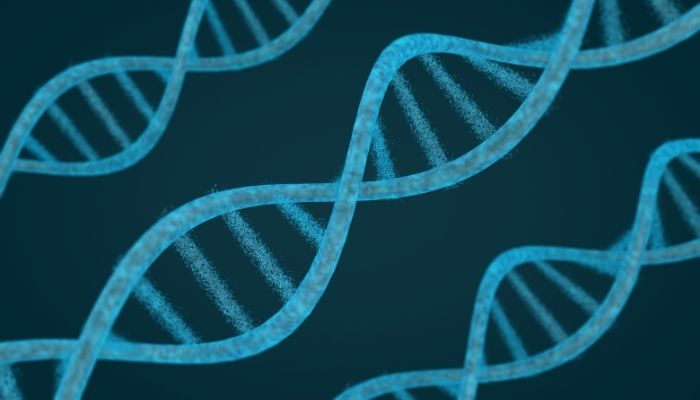Formalin-fixed, paraffin-embedded (FFPE) samples represent the backbone of modern pathology archives, with billions of specimens collected over decades serving as invaluable resources for biomedical research. However, accessing high-quality nucleic acids from tissue samples has long been a bottleneck in genomic research….
Use Cases and Benefits of Predictive Modeling in Healthcare
Did you know? The healthcare predictive analytics market will expand from $14.02 billion in 2023 to $126.15 billion by 2032. This represents a compound annual growth rate (CAGR) of 27.67%. Unlike traditional methods that react to clinical events, predictive modeling in…
DNA Methylation of miRNA: Crosstalk with MicroRNA Expression in Cells
The interplay between microRNAs (miRNAs) and DNA methylation represents a fundamental aspect of gene regulation, profoundly influencing cellular identity and function. Rather than operating in isolation, these two mechanisms are intricately connected, with miRNAs modulating the expression of DNA methyltransferases (DNMTs)…
Artificial Intelligence and Its Application in Biological Sciences
Artificial Intelligence (AI) is significantly advancing the biological sciences by improving how data is acquired, analyzed, and interpreted. It is modernizing traditional methods of collecting and processing biological data. The global market for AI in drug discovery is expected to grow…
Different Types of DNA and RNA Sequencing Techniques
DNA and RNA sequencing are essential techniques for decoding the genetic and transcriptomic information that underpins cellular function and organismal development. While both methods provide critical insights into biological systems, they serve distinct purposes. DNA sequencing allows for the analysis of…
Choosing the Right DNA Sequencing Technology: A Guide to NGS Platforms
DNA sequencing technology has advanced significantly since its introduction in 1977, reshaping genome research, clinical diagnostics, and drug discovery. The emergence of Next-Generation Sequencing (NGS) and ngs platforms in the early 2000s revolutionized the field, offering a faster, cheaper, and more…
EGFR Gene Mutation Testing in Lung Cancer
Lung cancer is one of the deadliest cancers, with men having higher rates of both diagnosis and mortality than women. Males have an age-adjusted rate of 54.1 per 100,000, compared to 45.5 in females. Unfortunately, nearly 45% of cases are diagnosed…
RNA Sequencing in Drug Discovery and Development
Around 90% of investigational drugs fail during development, with only about 12% of drugs entering clinical trials eventually receiving FDA approval. Traditional drug discovery methods often miss critical molecular interactions that determine whether a compound will succeed or fail. As a…
RNA Sample Preparation and Isolation Basics
The integrity and purity of RNA directly influence the reliability of downstream applications such as RT-qPCR, RNA-Seq, and transcriptome analysis. Yet, RNA is highly susceptible to degradation by ubiquitous RNases, and even minor lapses in technique can compromise experimental outcomes. Many…
Automated RNA-Seq Analysis and Processing Techniques
As demand for high-throughput, reproducible, and cost-effective RNA sequencing grows, researchers are moving away from traditional RNA-seq analysis pipelines. These older methods often require manual intervention, feature fragmented workflows, and involve significant bioinformatics overhead. In their place, intelligent, automated systems are…









